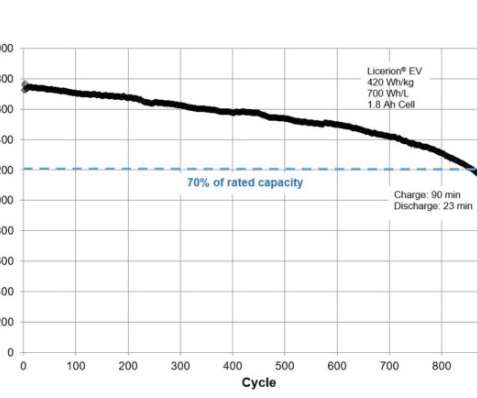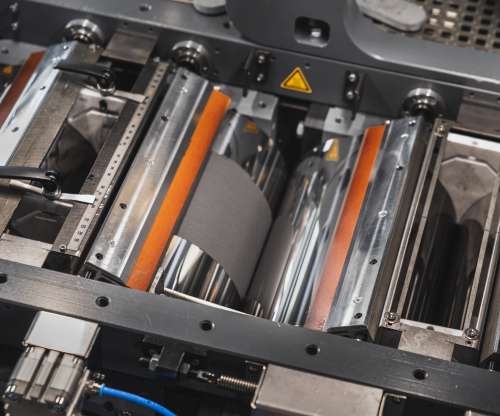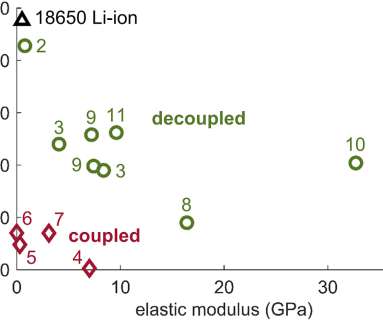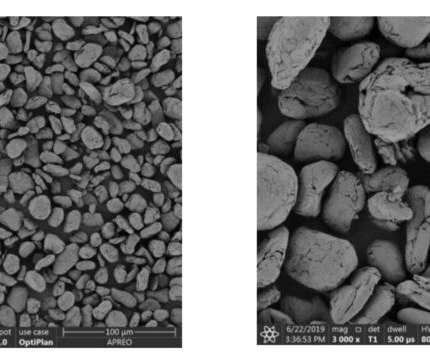Monash researchers stabilize Li-S battery with saccharide-based binder
Green Car Congress
SEPTEMBER 14, 2021
Researchers from the Monash Energy Institute, with colleagues from CSIRO, have used a saccharide-based binder system to develop a durable sulfur cathode with minimal polysulfide escape in a lithium-sulfur battery. the viability of many emerging technologies, for example in aviation, require lighter-weight batteries.


























Let's personalize your content